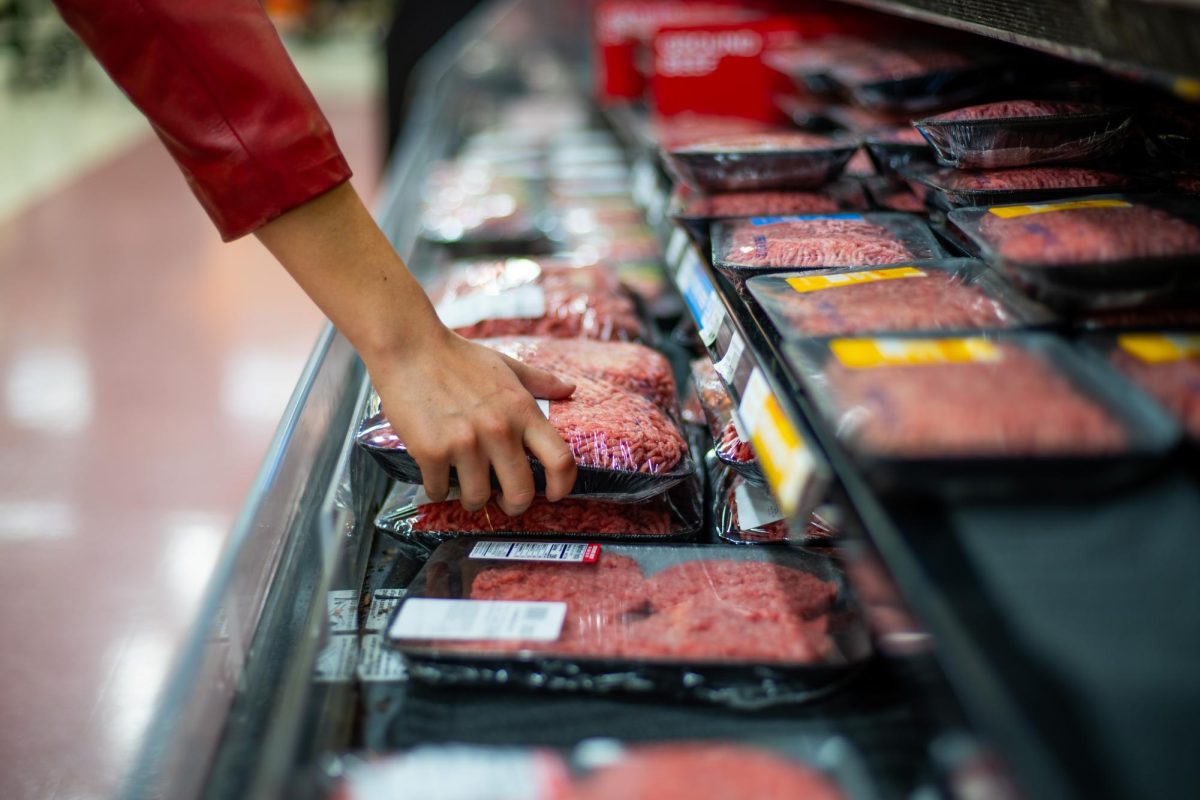A risk assessment released by the University in March predicts that most salmonella risk in raw poultry parts is concentrated in certain strains of groups of microorganisms, called serotypes, which are found in some products.
The USDA Food Safety and Inspection Service has been building a risk assessment system to issue science-based regulations. This process is currently under formal government review.
The US Poultry and Egg Association funded the risk assessment project carried out by the University.
Dr. Matthew Stasiewicz, one of the researchers who helped carry out the assessment, elaborated on the results.
“Our take-home findings were that the vast majority of the risk is in the very few raw products that have very high levels of one or more salmonella per gram,” Stasiewicz said.
Get The Daily Illini in your inbox!
In other words, the assessment showed that salmonella risk is much greater when it is contained in high-risk serotypes of certain types of salmonella.
Serotypes are groups within a single species of microorganisms like bacteria or viruses, with only some causing disease.
“The nuance is that not all salmonella are equal,” Stasiewicz said. “Some serotypes happen to be more likely to make you sick than others. And if you knew that, you could only worry about the high-risk ones and not worry about the low-risk ones.”
FSIS proposed a regulatory framework for reducing the risk of salmonella two years ago. While most of the regulatory framework focused on using quantifiable levels of salmonella to evaluate compliance with the rules, FSIS also considered a serotype-based approach.
Stasiewicz addressed both the pros and cons of such an approach.
According to Stasiewicz, implementing this rule would increase food security, so producers and processors would discard less poultry; however, it would also allow higher levels of low-risk salmonella. Additionally, there is not a production-scale method right now that’s fast enough to make reliable subtype poultry to operate on a serotype standard.
On April 1, FSIS changed a constituent, declaring they would exclude current commercial vaccine subtypes in their performance standard tests for salmonella in raw poultry products.
FSIS made this change after studies showed that traces of salmonella could be detected from flocks vaccinated with a modified live salmonella vaccine. The new change encourages farmers to vaccinate their livestock.
“What this change will do is it will remove a reason not to vaccinate,” Stasiewicz said. “If that vaccination is helpful — which they have every reason to think it is — then it will be helpful”.







